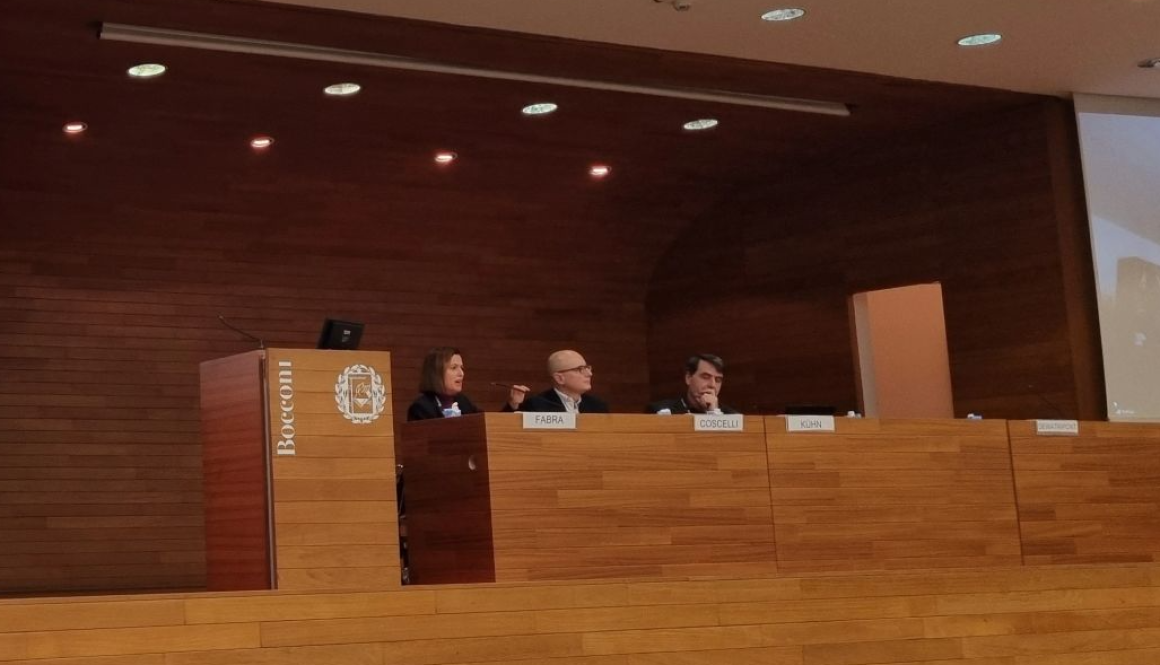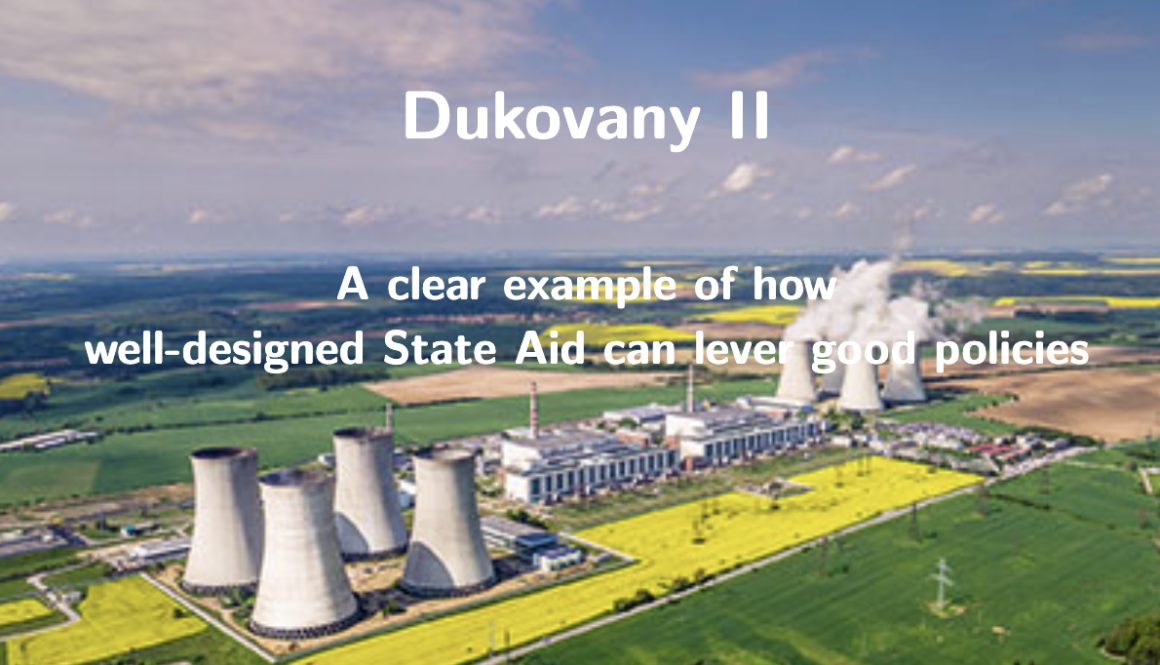Some thoughts about the Dukovany II Case
On her way back from the Association for Competition Economics (ACE) Conference at Bocconi University, Natalia Fabra shares some thoughts on the Dukovany case, which she discussed during the panel on State Aid alongside Chiara Atzeni and Philipp Dimakopoulos from the Chief Economist Team at DG COMP, and Adina Cliaci from BRG. Associated slides can be viewed here.
Dukovany II is a 1200 MW nuclear plant to be built in Czechia by 2036, with an expected operational lifespan of 60 years. It is the first nuclear project approved under State Aid rules since 2017, following the precedents of Hinkley Point C and Paks II. The case was notified to the European Commission in March 2022 and deemed compatible in April 2024 after a thorough investigation.
I view this case as a clear example of how State Aid control can enhance industrial policy by offering guidance on how to design support mechanisms that are necessary and proportionate (avoiding unnecessary funding), non-distortive, and capable of improving market functioning. Specifically, it showcases how such policies can promote low-carbon investments under a remuneration scheme that effectively mitigates risks, promotes efficient production and maintenance, and mitigates market power concerns, ultimately benefitting consumers and taxpayers. Furthermore, the case illustrates that, in the absence of competitive pressures, it is possible for regulators to develop sound financial models that establish a fair rate of return for the assets. As such, it sets a precedent not only for existing and future nuclear but also for the remuneration of other low-carbon assets, such as hydropower plants.
This is not about being for or against nuclear energy—Member States have the freedom to choose their energy mix to meet carbon abatement targets (Article 194(2) TFEU). However, if they decide to invest in nuclear, State Aid control can assist in ensuring that these investments are made in the most efficient and equitable manner.
Nuclear power plants are highly capital-intensive, and their costs are heavily influenced by investment and price risks. Mitigating these risks is crucial to ensure the financial viability of such projects. Furthermore, to the extent allowed by their limited operational flexibility, production should be incentivized during periods of high demand and high prices, while maintenance should be scheduled during periods of low demand and low prices. This approach ensures their planned unavailability does not jeopardize system security or cause price spikes.
These issues highlight several trade-offs between remuneration models. Fixed-price contracts provide financial stability by reducing risk exposure but may lead to inefficiencies in production and maintenance. Conversely, wholesale price-based models encourage efficient production (absent market power) but expose plants to profit volatility. A hybrid model that combines fixed prices with market incentives strikes a balance by ensuring financial stability while incentivizing efficient operation and mitigating withholding incentives.
The proposed Dukovany remuneration formula addresses these challenges by linking remuneration to a fixed strike price while maintaining exposure to market prices. The formula includes mechanisms to hedge against low prices, claw back excess profits during high prices, and penalize withholding. The key feature is that both the quantities and prices used to settle the contract-for-differences are fixed ex-ante.
Key regulatory considerations involve determining the strike price and setting expected output levels to avoid penalizing plants for factors outside their control. While auctions are ideal for achieving this, they are often infeasible for nuclear reactors due to weak competition among potential developers.
During the energy crisis, in the article “Reforming European Electricity Markets: Lessons from the Energy Crisis”, I proposed using a similar remuneration formula to the one now adopted for Dukovany II. As I argued then, this formula should be applied beyond state aid cases for nuclear power. With the new EU Electricity Market Design requiring the use of Contracts-for-Differences for publicly supported low-carbon projects, the Dukovany formula sets an important precedent for the future.


